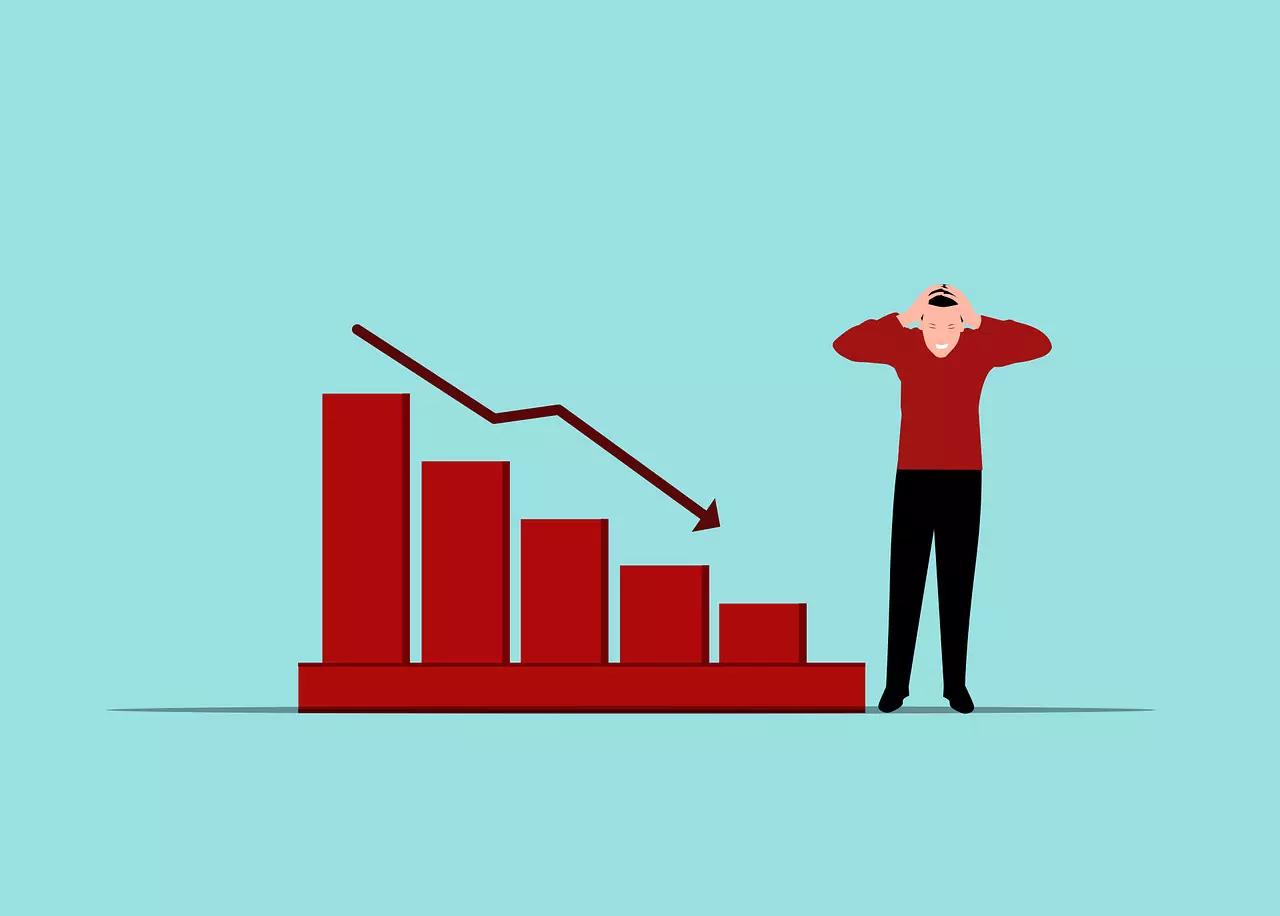A concerning slump

India’s economy is projected to grow at 6.4 per cent in the current fiscal year. At this rate, it is set to expand at its slowest pace in four years. This projection also falls short of the government’s initial estimate of 6.5 per cent-7 per cent and reflects deeper challenges within the country’s growth march. The sluggish manufacturing sector, a drop in corporate investments, and persistent inflation are listed among the factors dragging down India’s economic performance.
It may be noted that the Reserve Bank of India recently revised its growth forecast for the year to 6.6 per cent, down from 7.2 per cent, following disappointing data for the July-September quarter, which saw growth drop to a mere 5.4 per cent. Private consumption, which drives nearly 60 per cent of the GDP, showed some improvement. It was expected to grow by 7.3 per cent this year compared to 4 per cent the previous year. However, private investment, a key driver of long-term economic growth, is slowing. Its projected rise of 6.4 per cent this fiscal year is significantly lower than the 9 per cent growth seen a year earlier. Government spending, another crucial engine of growth, though improving slightly, remains muted. Its expected growth of 4.1 per cent is a modest rebound from last year’s 2.5 per cent increase, but it is still insufficient to make up for the broader economic slowdown. The agriculture sector is expected to fare better, with growth rising to 3.8 per cent, thanks to a good monsoon, but this alone cannot offset the struggles in other areas like manufacturing and construction. Inflation has eroded urban purchasing power, further adding to the slowdown in demand. While rural demand has shown some resilience, urban spending remains strained. Currently, the government and the Reserve Bank appear divided on the causes of the slowdown. While the central bank attributes it to inflation, the government has suggested that monetary tightening may be a major contributing factor.
Despite these challenges, there are glimmers of hope. Some indicators suggest a modest revival in the second half of the fiscal year, driven by better agricultural output and improved rural consumption. Yet, overall growth remains below the levels needed for India to achieve its ambitious economic goals, including the aim of becoming a USD 5 trillion economy. The sharp depreciation of the rupee over the last decade has further maligned these aspirations.
India’s economic slowdown cannot be viewed in isolation. Global uncertainties, coupled with domestic issues like high inflation and a record trade gap, have added layers to the broader problem. Corporate earnings present a mixed picture, with subdued demand affecting some sectors, while others, like jewellery and watches, continue to report robust growth. These uneven trends reflect the uneven recovery across different segments of the economy. The bigger concern, however, is the long-term trajectory. Since 2019, India’s GDP growth has averaged less than 5 per cent annually, far below the pace needed to lift millions out of poverty and sustain development goals. This slowdown reflects deeper structural challenges. Private investment has been losing momentum since 2014, and government spending has not stepped in aggressively enough to fill the gap. The road ahead requires decisive action. Boosting private consumption and investment should be a top priority. The government must also increase its capital spending to stimulate growth in key sectors like infrastructure and manufacturing. In addition, addressing inflation, ensuring policy stability, and creating a business-friendly environment will be essential to sustain growth. Sustained economic reforms and targeted policy interventions are urgently needed to reinvigorate the economy and put it back on a path of robust, inclusive growth.



